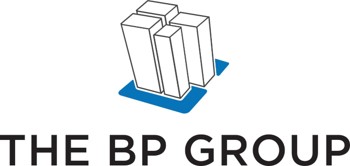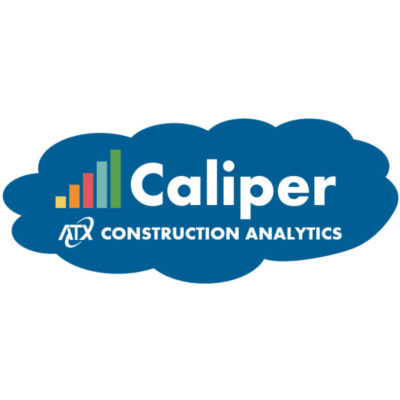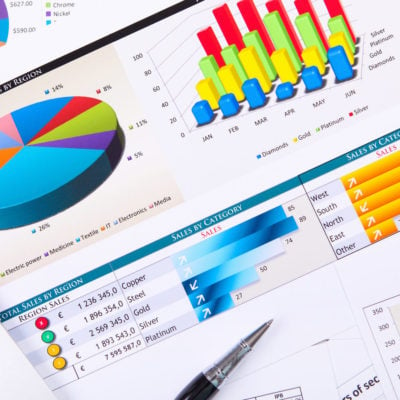
ESOP: Year One Perspectives
Other Newsletter Articles
The BP Group Background
The BP Group is an industry leader in the Commercial HVAC Services Market with revenues in excess of $100MM and over 40 years of experience servicing the New York City metropolitan region. The organization has diversified over the last decade to include an array of building technology and management services including HVAC construction, service, insulation, controls, and chiller services.

ESOP Transition
The BP Group began looking at the long-term succession plan for the business in 2014 and completed an ESOP transaction in December of 2016 to begin to transfer control and ownership of the company to the next generation of leadership. The decision to complete an ESOP transaction followed an extensive review of options with some of their trusted advisors including ATX Advisory Services who has worked with The BP Group to develop and implement their strategic plan.
Through this process, The BP Group determined that sale of the business through an ESOP transaction was in the best interest of the organization and its owners. An ESOP transaction assured continuity of the business through ownership transition while allowing ownership an efficient financial vehicle to transfer control of the business. “ATX was instrumental in helping us to objectively evaluate the myriad of options we were considering for transitioning the business. They worked collaboratively with ownership and our leadership team to be sure that we came up with a solution that provided benefits to all key stakeholders.” Jack Fanneron, President of The BP Group.
Year One Perspectives
The single biggest surprise in year one has been how minimal the change has impacted day to day operations of the business. From an employee perspective, the reality set in following the transaction that the benefits of this transition will occur over the long term as the employees do not immediately gain any equity as part of the transaction.
The lack of disruption caused via the transition if often considered a benefit to this type of ownership transition however this has also been seen by some as a letdown knowing how much effort went into completing the ESOP and how minimal they immediate changes are to individuals in the company.
From an ownership perspective, year one has met the groups expectations of having provided ownership a mechanism to begin transitioning ownership and control and allowing the owners the ability to reinvest their equity through 1042 exchanges into other diversified assets. The owners have seen significant returns on those investments in year one as they were able to diversify and invest in the broader market.
The management team is currently continuing to work through transition at a methodical pace which was as expected. Some individuals on the management team were also able to take a bit of a breather in the early part of the year as they no longer needed to devote the time and mental effort on the transaction providing a good opportunity to recharge for Phase II of company ownership.
The management team is now looking at long-term planning for Phase III with the creation of a futures committee where the broader employee population will take a more active role in ownership and management of the company. The executive team has also noted a number of other benefits to the transition from an external perspective as the ESOP is seen as a benefit to potential recruits and clients have noted their enthusiasm in knowing that The BP Group will continue to be there to serve them with the next generation of leadership firmly in place.






